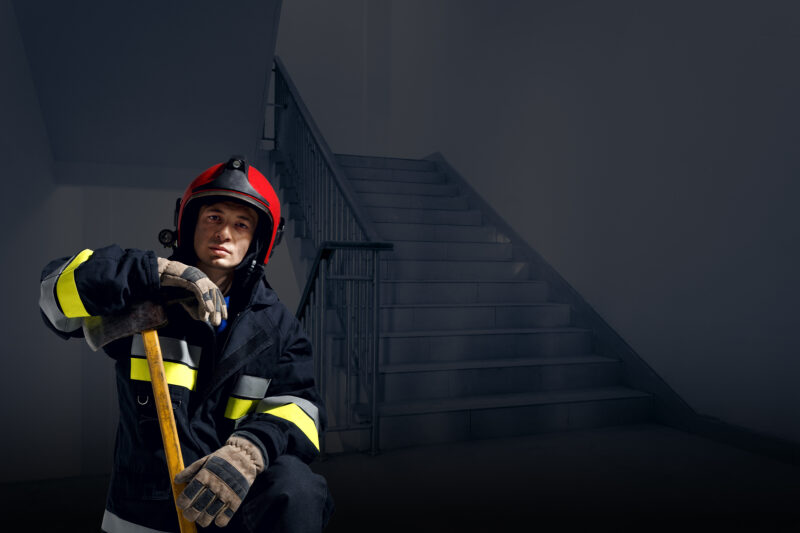
Fire Safety Regulation Way Signage
Is your building signage correct?
Fire Safety Regulation Way Signage make it easier for firefighters and emergency services to navigate their way in low lighting or smoky conditions. Signs for these buildings are to be designed to comply with the revised legislation. Aspects include contrasting backgrounds, clear typefaces and sizes, and fitting locations.
Regulations made under Article 24 of the Regulatory Reform (Fire Safety) Order 2005 require building signage to follow these guidelines. The sections within the legislation which regard Wayfinding signage for the fire service are 15.13 – 15.16.
The 4 main points of the new signage rule:
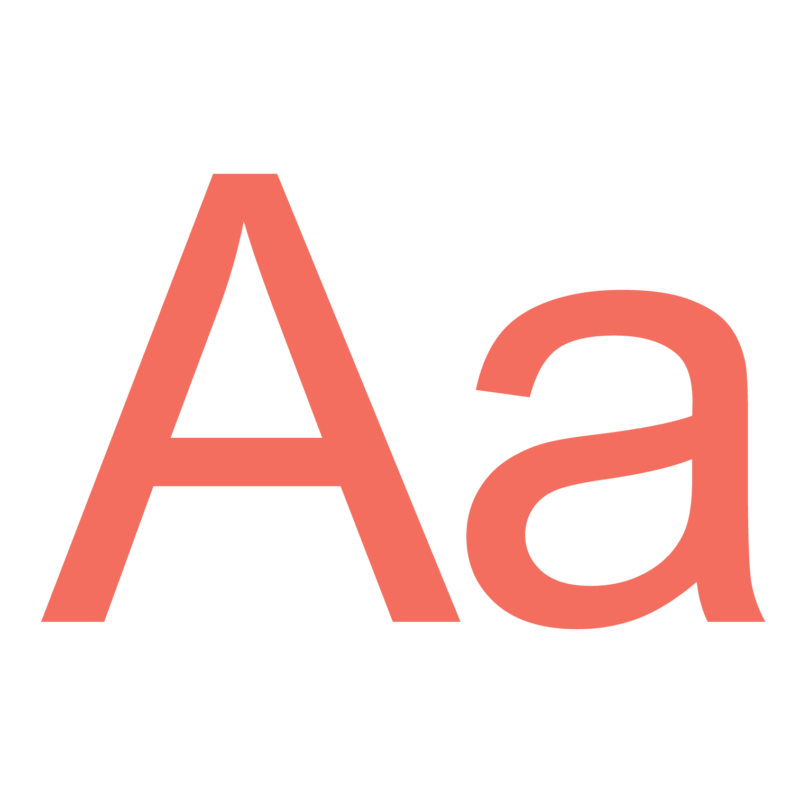
Easy to Read
The text should be on a contrasting background and easily readable in low level lighting conditions or when illuminated with a torch.
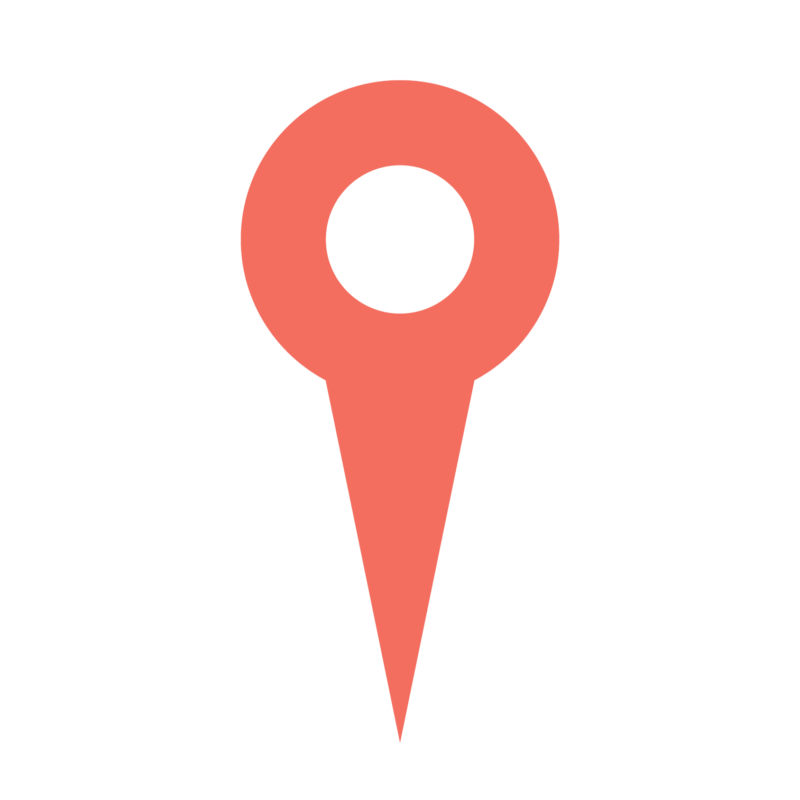
Location
The signs should be mounted between 1.7m and 2m above floor level and, as far as practicable, all the signs should be mounted at the same height.
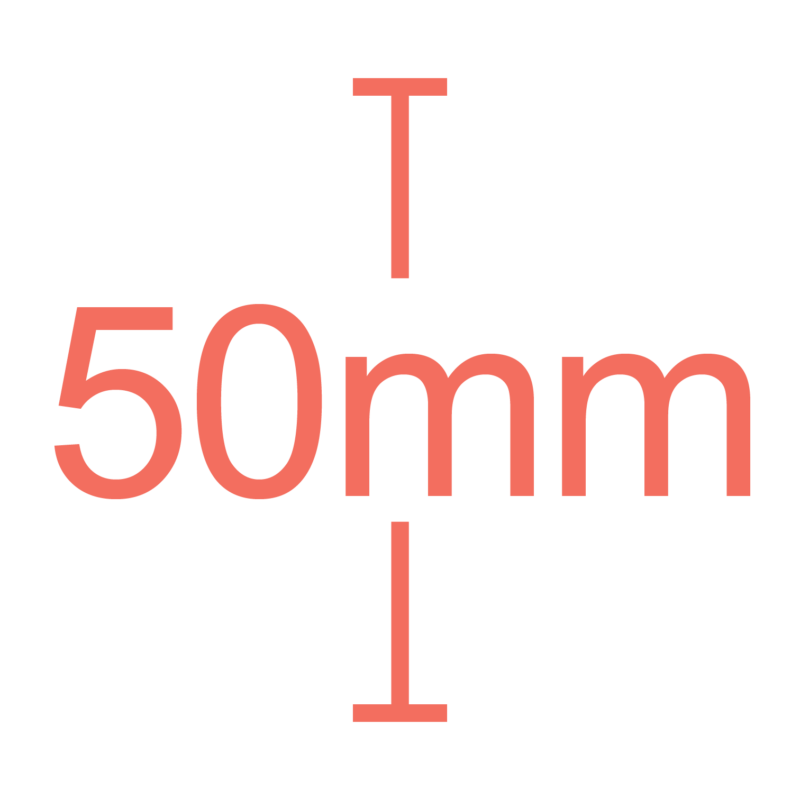
Typeface Height
The text should be in sans serif typeface with a letter height of at least 50mm. The height of the floor number should be at least 75mm.
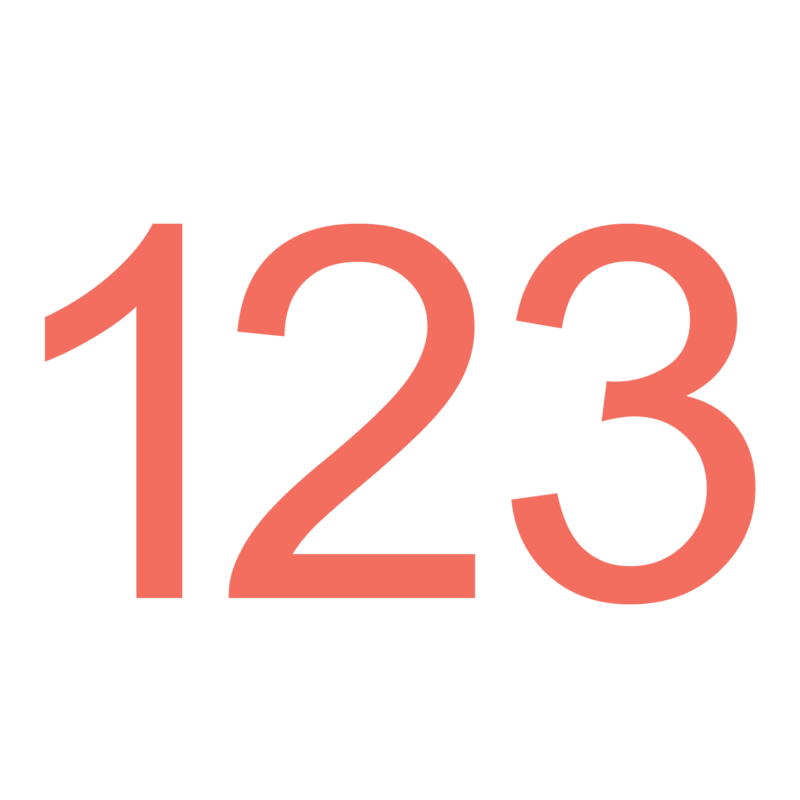
Sequential
Each floor above the ground floor should be numbered sequentially beginning with Floor 1.

Fire Safety Guidelines
Importance of way finding signage for the Fire Service:
After the publication of the Grenfell Tower inquiry, it was brought to light that the firefighters could not clearly identify which floor they were on during the emergency.
Following this, the government has introduced new guidelines for way finding signage used in these multi-storey blocks of flats. As of January 2023, all new multi-occupied residential buildings that stand over 11 metres in height are legally obliged to install this type of signage.
Where to install these signs:
New signage should be clearly marked on every stairway in all high-rise buildings. This will make it easier for firefighters and emergency services to navigate their way in low lighting or smoky conditions. Firefighters should be able to see the sign from the top step of the stairs and, if possible, from inside the firefighting lift one the doors have opened.
In addition, signs should be mounted between 1.7 meters and 2 meters above floor level and should be mounted at the same height as far as practicable. Also, Flat Numbers are to be fitted immediately below the Floor Identification Sign. This means that the top of the sign is no lower than 50mm below the bottom of the Floor Identification Sign.
Soteria Family
Signs in this family have been designed in accordance with the amended Fire Safety Regulations. Please see below how we have complied with the regulations in the design of these products:
Text –
Firstly, the typeface used on these Floor Identification Signs is sans serif with a letter height of 50mm. Also, the height of the floor number is set to 75mm.
On the Flat Indicator Signs, the text in also in sans serif typeface with the letter height set to at least half that of the Floor Indicator Sign.
Other sans serif fonts can be used upon request.
Contrasting Background –
Secondly, the text colour options available for these signs have been pre-formatted to contrast the background selected. This ensures that the sign is readable in low level lighting conditions or when illuminated with a torch.
Wording/Lettering –
Finally, the Floor Identifier Signs have maximum of two character spaces, with Floor Numbers from -2 to 20 available as standard. These signs can have numbers greater than 20 or specific wording such as ‘Ground Floor’ upon request.
For the Flat Identifier Sign, there are spaces to add the ‘from’ and ‘to’ numbers of the flats with a dash in between. We also have an option for this sign to have a left or right arrow, which should be used when flats are in more than one direction on a floor.
Shop these Signs
-
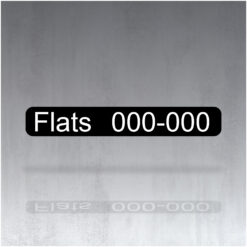 Fire Safety Regulation Flat Numbers Sign – Round Edge Style£15.00 – £17.00
Fire Safety Regulation Flat Numbers Sign – Round Edge Style£15.00 – £17.00 -
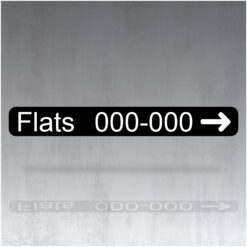 Fire Safety Regulation Flat Numbers Sign with Arrow – Round Edge Style£16.00 – £18.00
Fire Safety Regulation Flat Numbers Sign with Arrow – Round Edge Style£16.00 – £18.00 -
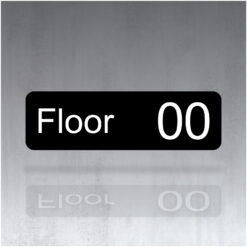 Fire Safety Regulation Floor Number Sign – Round Edge Style£15.50 – £17.50
Fire Safety Regulation Floor Number Sign – Round Edge Style£15.50 – £17.50 -
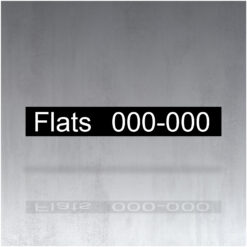 Fire Safety Regulation Flat Numbers Sign – Rectangle Style£15.00 – £17.00
Fire Safety Regulation Flat Numbers Sign – Rectangle Style£15.00 – £17.00 -
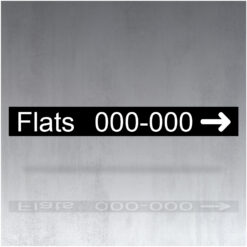 Fire Safety Regulation Flat Numbers Sign with Arrow – Rectangle Style£16.00 – £18.00
Fire Safety Regulation Flat Numbers Sign with Arrow – Rectangle Style£16.00 – £18.00 -
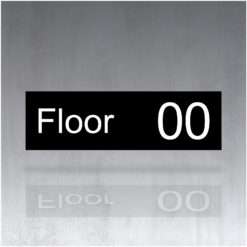 Fire Safety Regulation Floor Number Sign – Rectangle Style£15.50 – £17.50
Fire Safety Regulation Floor Number Sign – Rectangle Style£15.50 – £17.50
Looking to start a project?
Got an idea for a project or need some inspiration? Contact our team for more information.
Want more Way Signage?
Check out our social media channels for updates, case studies and more.
Facebook – Instagram – Pinterest – Linkedin
